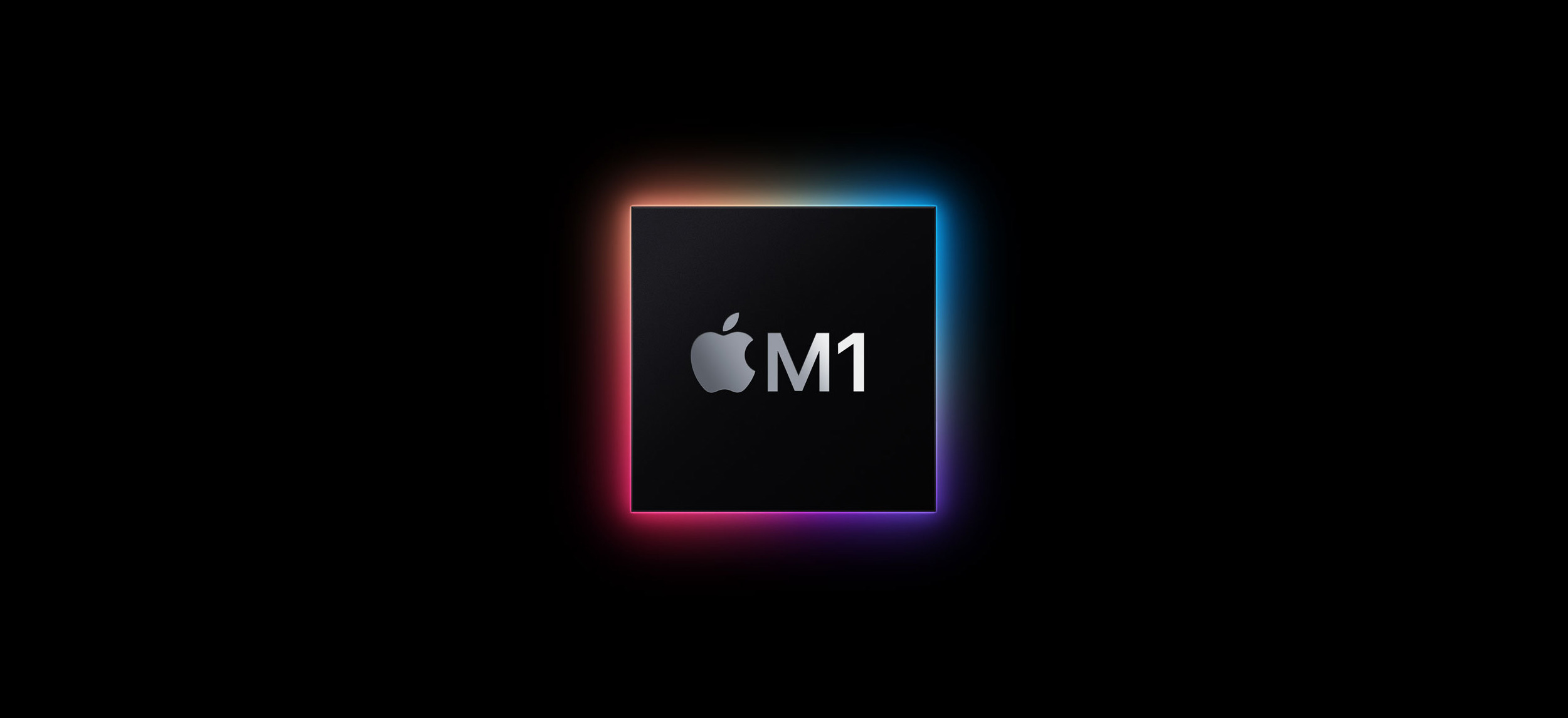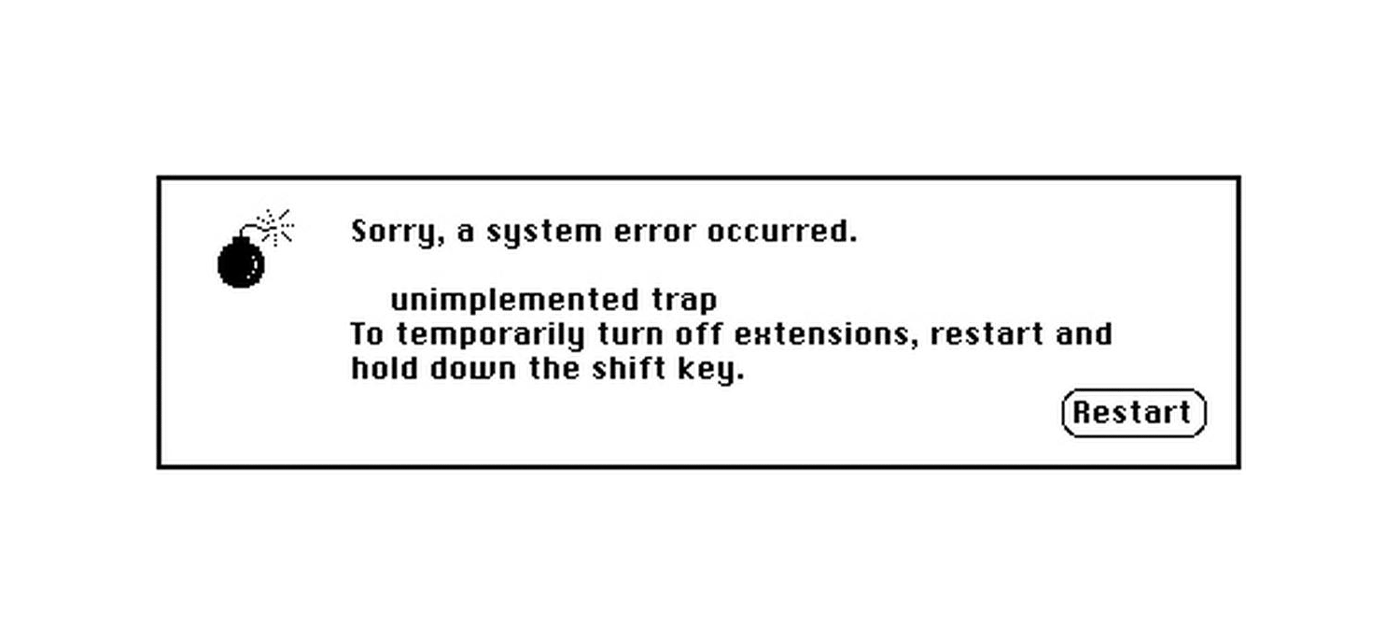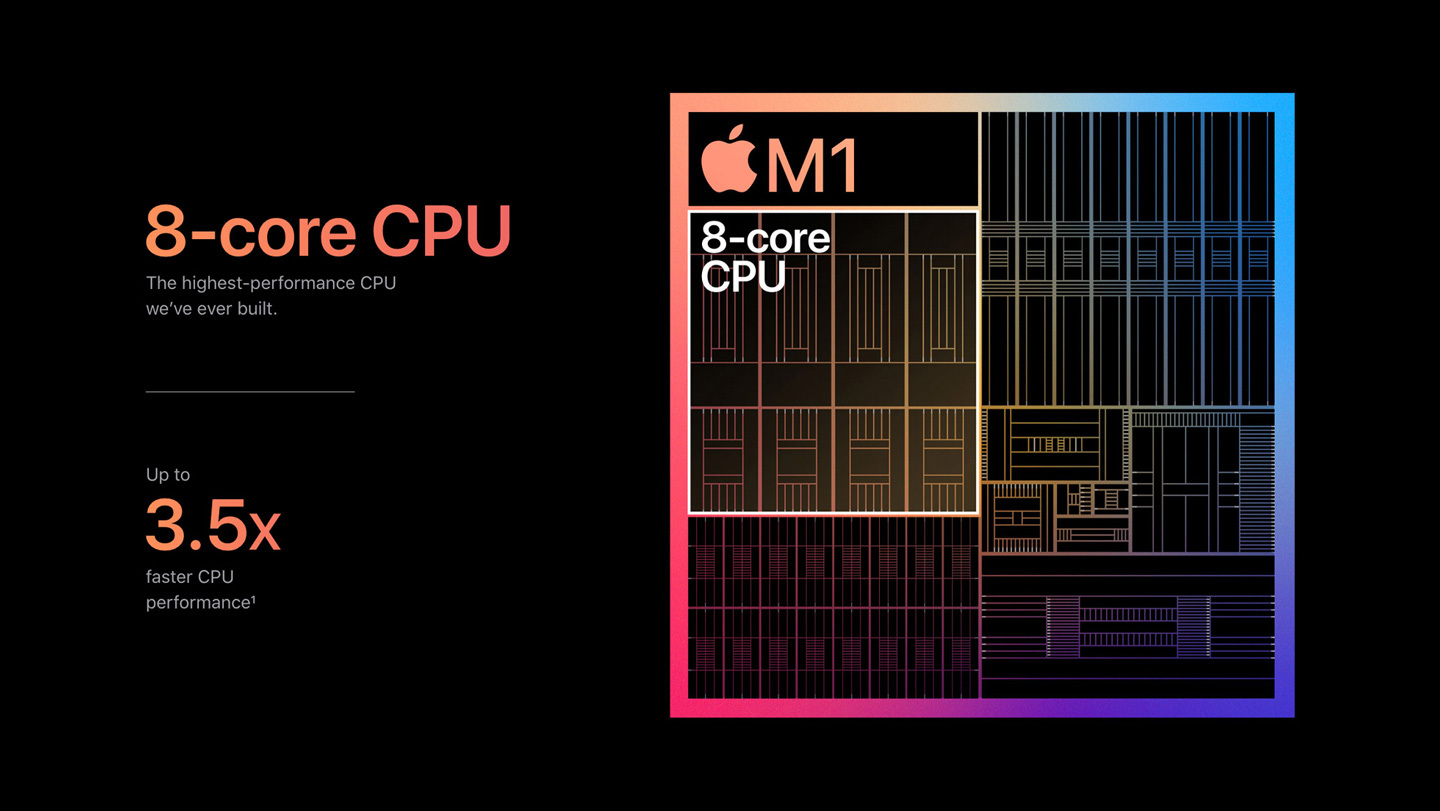
Apple M1 Chip
Small chip. Giant leap.
Article written on Wednesday, 18 Nov 2020
Yesterday marked a new historic step for those of us who follow the 'fruit company'. The MacBook Air and the MacBook Pro 13" with the new Apple silicon are now available. The new M1 chip as it is called made me think how far we have actually come. Not sure how much you remember all of its history, so let's drive along memory lane.
My First Apple Macintosh
My first Mac was a Quadra 700 with a Motorola 68040 processor @ 25 MHz 😁 The standard memory was 4MB and it came with a 1.44MB floppy disk. So I actually know and used those 'save' icons. The Quadra series was also the first tower model Apple ever made. I bought this together with an Apple Multiple Scan 17, Apple LaserWriter IIf and a license for Quark Express with that lovely dongle + Adobe Illustrator. All this hardware and software together was a huge investment (€12.400). Remember that this was early nineties and may not sound a lot in today's terms but back then that was the amount you would pay to get a car like the VW Golf. A few years later I also got the first digital camera, the QuickTake 100.
The PowerPC Era
The next big step in the processor history was when Apple dumped Motorola for IBM and its PowerPC chip. Apple made a big deal about this transition with a whole marketing campaign. Remember the 🐌 commercial and the one called 'Toasting Intel' with music from the Trammps - Disco inferno, both with the voice of Richard Dreyfuss. Little did we know Apple would eventually move to Intel years later. Oh, the irony!
The Power Macintosh replaced the Quadra and was initially sold in the same enclosures. To my knowledge this was also the first time a Mac 68k emulator was included with System 7.1.2. While the emulator provided good compatibility with existing Macintosh software, performance was about one-third slower than comparable Macintosh Quadra machines. Transitioning has never been easy. I'm not going to sum up all my Macs as that would lead us too deep into the rabbit hole.
Another milestone around that time was getting the first Cinema Display. That was a huge step forward with all that screen estate and expensive too. The Power Macintosh was later also renamed to just Power Mac.

Operating Systems
My first Mac experience started with System 6 and its MultiFinder extension. My Quadra 700 had System 7 and had the MultiFinder as a standard integrated part of the operating system. MultiFinder added multitasking of several applications at once. Before you could only run one program at a time. System 7.5 was when Apple decided that Mac OS had run its course and rumors said Copland/Gershwin would be its modern successor. Copland would be completely PowerPC native. Think all of this was around 1994. CTO at that time Ellen Hancock killed Copland and Gershwin only existed on paper or in marketing as far as I remember. Apple eventually shipped an entirely different product under the name Mac OS 8, which was an evolutionary freshening of System 7, but not an all-new product. Later we also got Mac OS 9. Those days were 'the bomb' quite literally. I think I saw the beloved bomb screen at least once a day, especially when printing with 'Open Transport'.

The beloved Macintosh bomb screen
Dark Times
Around this time Apple was already bleeding and things didn't look very promising and I still believe that Gil Amelio saved Apple by going on search for an alternative operating system, to acquire and merge with Apple's own legacy platform. There were 3 contenders, NeXT Computer, led by Steve Jobs, Be Inc., led by Jean-Louis Gassée and the third contender was Solaris, an Unix by Sun Microsystems. The first two were the main contenders and lucky for us Be Inc. proved to be too expensive. NeXT was chosen and that string of events brought Steve Jobs back to Apple. I'm sure if this hadn't happened Apple wouldn't be around anymore. Things were really bad and people had zero interest. I remember going to a launch of a new OS in Ghent and there was literary nobody, except us. There was a time that I was really worried I would have to switch to PC.
Forward to 2000 when Steve Jobs announced macOS X. I remember going to Paris for the first macOS X Public beta. Be sure to go check this interesting article that highlights 'The untold history of macOS System Preferences' bundled with great visuals that show the evolution of the graphics.
The Intel Era
The third big architecture move was announced at the 2005 Worldwide Developers Conference (WWDC). Apple CEO Steve Jobs made the announcement to transition away from the use of PowerPC over to Intel. The first-generation Intel-based Macintoshes were released in January 2006 and needed an emulator called 'Rosetta' to keep the PowerPC software running. Another transition not without its hiccups. I also remember the resistance of many Mac users against macOS X. I always have been on the forefront and switched as early as possible. macOS X is one of the best things that ever happened, it's reliable and you don't need to think about it.

The M Era
15 years later we are at another big leap with the move to Apple silicon and the M1. From what I know so far this will be one of the greatest innovations in its history. More so if you know that all great Geekbench scores are run in 'emulation or 'Rosetta 2' mode. Since then, Geekbench has been optimised for M1 and the results are even better. Battery life is 2x longer than previous-generation Macs. That's amazing! Normally emulation kills battery life and it is not without serious hiccups. If you are interested go see this video of Apple VPs Tim Millet and Bob Borchers talking more about the M1 chip. For the MacBook Air and MacBook Pro 13", the consensus among early reviewers is that the new M1 chip truly lives up to Apple’s expectations. Furthermore, things will only get better as more Intel applications are optimized for the M1 silicon. I seriously can't wait to see what Apple will do when they announce the M2 and its Pro line up. How times have changed!
Images courtesy of Apple.


